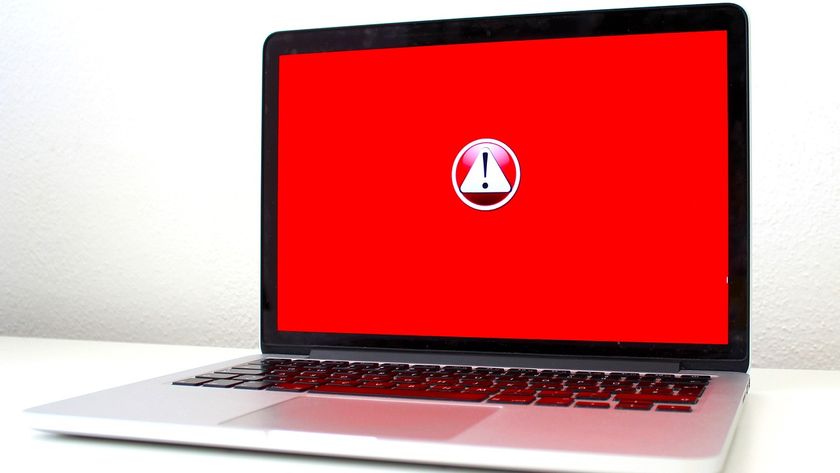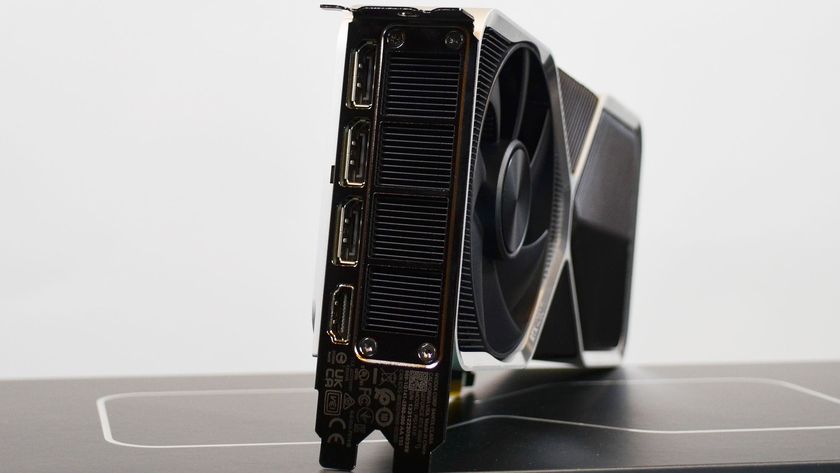How to spot fake Amazon reviews this Black Friday
Not all that glitters is gold on Amazon
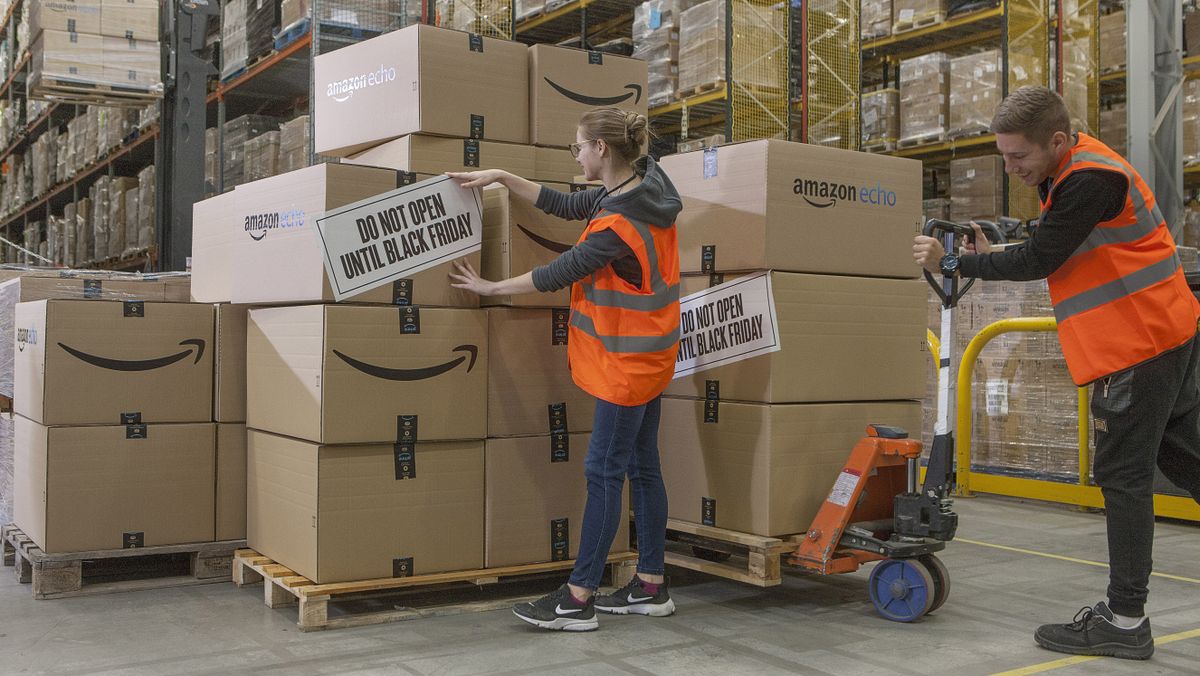
Since I first wrote this piece, there's been some exciting news for Fakespot; the company has now been purchased by Mozilla, meaning Firefox users might one day have the tool built-in into the browser.
Now more than ever, this kind of tool matters. Bad actors are using AI to write fake reviews online, and with Black Friday on the horizon, now might be a good time to familiarise yourself with them - even Amazon says its AI can't counter these fake reviews.
You can also try tools like Copyleaks to spot AI content, too; but we can't vouch for its accuracy.
– Josephine Watson, Managing Editor, Lifestyle
With Black Friday deals come great excitement – and, of course, plenty of fantastic discounts on some of the most desirable gadgets and devices available.
However, we all know by now that you're never quite safe on the world wide web, which could just as easily be renamed the Wild Wild West at this point, with bad actors always at the ready to make a quick buck.
Fake reviews, whether in the form of falsified Apple App store reviews or dangerous extensions on the Google Chrome Store, are low-hanging fruit for scammers, and make it a whole lot harder to identify the truth when shopping online.
That's not to say all customer reviews out there are fake – plenty of users take the time to legitimately express their thoughts. But when the time comes to finally splash your savings during a sales event, it’s important to consider that not all is always as it seems.
How to identify fake reviews
We spend a lot of time reading reviews, whether they're TechRadar's own or from customers on retail sites like Amazon, and our whole team has become pretty adept at separating the fake from the real. Here are some top tips to keep you safe this Black Friday:
- Read reviews carefully: It sounds obvious, but your best bet to protect yourself is to really interrogate the reviews. Content farms are often the culprits behind fake reviews, so look out for an abnormally high number of spelling and grammar mistakes.
- Check the language: Overly promotional language, especially where reviewers are parroting the marketing messaging from products, is a dead giveaway – when you talk about your favorite headphones, you probably wouldn't harp on about "industry-leading, bespoke and game-changing" technology, for example.
- Sort by most recent: Generally speaking, brands will inflate the product's ratings as close to its release as possible, and it's pretty easy to inflate a review's helpfulness over time to push it higher up in the reviews section. Sorting by 'Most recent' gives you better odds of finding real, contemporary reviews.
- Look for well-balanced opinions: It's rare that anything will ever tick every box, but fake reviews will often highlight only positives.
- Investigate brands and reviewer profiles: Generally, we'd strongly advise against purchasing from no-name or dupe brands, but if you're intent on at least exploring the idea, research the brand online; do they have a website, are there company listings and does their business seem legitimate? Similarly, check out customer review profiles for overly fake or common names, and high volumes of repeatedly hyper-positive or hyper-negative reviews.
- Read reviews from trusted sites: Obviously, we're a little biased, but whether it's reviews on TechRadar or one of the many tech review sites online that you trust, make sure to double-check what the experts say about products you're thinking of buying.
Amazon tackling fake reviews
Amazon is no stranger to review stuffing (where positive reviews are published as a favor, or in return for ill-gotten gains) and has been at the center of media attention on the matter.
These forged reviews take various forms; from small-scale operations involving falsified reviews from family and friends all the way to large operations with businesses dedicated to the sale of bulk fake Amazon reviews. Previously, the Competition and Markets Authority (CMA) has even had to weigh in against fake review groups on social media sites.
Things were made even more confusing when Amazon introduced global ratings into the product review section, which pooled together reviews from around the world. In some countries, the product available has very different specs, and in some cases completely different.
Plus, with the removal of the comments section and the addition of one-tap reviews, it’s becoming increasingly difficult to verify the validity of customer feedback.
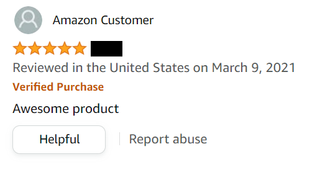
Amazon does regularly remove fraudulent reviews, and even ceased operation of its Chinese marketplace following difficulties in monitoring and growth. However, it’s fair to say it has a pretty mammoth task at hand, with a 2021 blog post from Amazon stating it has more than 300 million active customers and over 1.9 million selling partners worldwide.
According to the post, in 2020 Amazon stopped "more than 200 million suspected fake reviews before they were ever seen by a customer", and over 99% of reviews enforcement was driven by proactive detection.
An Amazon spokesperson highlighted to TechRadar back in 2021 the company's set of policies for both reviewers and selling partners, expressing a commitment to "suspend, ban and take legal action against those who violate these policies."
The spokesperson added to this, saying Amazon uses "powerful machine learning tools and skilled investigators to analyze over 10 million review submissions weekly, aiming to stop abusive reviews before they are ever published.
"In addition, we continue to monitor all existing reviews for signs of abuse and quickly take action if we find an issue. We also proactively work with social media sites to report bad actors who are cultivating abusive reviews outside our store."
Trust the experts
While Amazon continues to work behind the scenes to minimize the impact of fake reviews, they seem to be here to stay in all corners of the internet. However, there’s plenty you can do to protect yourself.
There are some easy-to-spot red flags; overly promotional language, repeated reviews, reviews for an entirely different product, etc. Still, it can take a fair bit of legwork when you are trying to make a choice - especially a quick one on Prime Day.
We spoke with Saoud Khalifa, CEO and founder of FakeSpot, as well as Tommy Noonan, founder of ReviewMeta, to learn more about the issues around fake reviews.
While Noonan noted ReviewMeta's data hasn’t shown a change in the rate of fake reviews posted, Khalifa's FakeSpot tool noted an influx of fake reviews over the course of lockdown in 2020.
It's impossible for Amazon to check if every product and review is legitimate
Tommy Noonan, founder of ReviewMeta
Where previously they made up an average of 25-30% of all global reviews, as of June/July 2020, this spiked to 40-45% according to FakeSpot's data - a number Khalifa had never seen before.
He says the issue comes from the volume of sellers using the site as a "valet service", claiming it is "impossible for Amazon to check if every product and review is legitimate or not."
As highlighted in Amazon's recent blog post, social media groups play a big role in the current fake review market.
Noonan says sellers in these groups will pay members to purchase and review products: “Reviewers are using their own money to buy the product, so the reviews still have the ’Verified Purchaser’ badge.
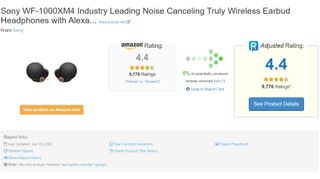
Additionally, Noonan says, many sellers are incentivizing reviews by giving promotions away with packages. "They will use tricks like pre-screening customer feedback before asking for a review, and even asking people to change their reviews to 5-stars before they get the free gift.
"This is against Amazon ToS, but I'm personally seeing a note like this in about 35% of my Amazon purchases."
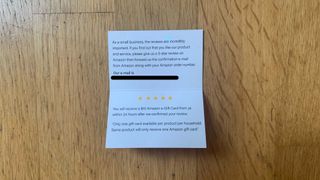
Beyond the surface-level information a consumer can pick up from a quick glance at a listing, there's a lot of deeper information that can help to make an informed decision.
Noonan highlights unverified purchases, "easy grader" reviewers who give everything 5-stars, batches of reviews in close succession, as well as the kind of language used in reviews as authenticity indicators that ReviewMeta checks for.
Aside from the quality issues that may come with cheaply made products slipping through the net on Amazon, there are legitimate concerns around how fake reviews can also mask counterfeit items.
Khalifa highlights how there are counterfeits of everything from Apple products to gaming equipment and components from brands like Nvidia and AMD available on the site, purchasable in bulk from sites like Alibaba and Aliexpress.
Using components as an example, he says: "A lot of people question us when we give F-Grades to listings like these. It's because the listings are known to have counterfeits on sale and use fake reviews to hide it.
“You read the reviews, buy the product, and don't expect it to be a counterfeit, but it’s an insidious problem that won't show up until the component overheats.”
Thankfully, tools like ReviewMeta and FakeSpot provide customers with a way to more quickly and effectively shop safely on Amazon this Prime Day.
You read the reviews, buy the product, and don't expect it to be a counterfeit
Saoud Khalifa, founder of FakeSpot
ReviewMeta allows users to copy and paste any Amazon product URL into ReviewMeta.com to receive a complete analysis of the reviews.
Noonan says: "We leverage algorithms and data science to examine hundreds of millions of reviews and help identify suspicious patterns in the reviews."
FakeSpot also has a site with a similar function, as well as a browser add-on for Chrome or Firefox and an app that augments the buyer's journey as they shop online with a set of features.
The first is FakeSpot's review ratings, which uses an A-F grading system to score the reliability and trustworthiness of reviews. Next is FakeSpot Guard, a tool that highlights sellers known to trade counterfeit products, which was added in 2020 after the team identified a rise in counterfeit issues. Lastly is the highlights feature, which delivers the most crucial top-line review information for users.
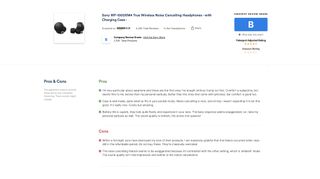
Amazon Prime Day is an exciting time to get a great deal – so make sure it's actually a good deal you’re getting.
Whether it's by remaining skeptical and investigating reviews yourself or using tools to do the legwork for you, it’s more important than ever to protect yourself online against deceptive promotional tactics.
If you see a review that you think might be fake, it's important to report this to Amazon by clicking the 'Report Abuse' link that appears underneath the review.
Outside of Amazon, you can always read reviews on sites like ours, and keep up to date with what we’re saying are the best deals on Amazon Prime Day.
Get daily insight, inspiration and deals in your inbox
Sign up for breaking news, reviews, opinion, top tech deals, and more.

Josephine Watson (@JosieWatson) is TechRadar's Managing Editor - Lifestyle. Josephine is an award-winning journalist (PPA 30 under 30 2024), having previously written on a variety of topics, from pop culture to gaming and even the energy industry, joining TechRadar to support general site management. She is a smart home nerd, champion of TechRadar's sustainability efforts as well and an advocate for internet safety and education. She has used her position to fight for progressive approaches towards diversity and inclusion, mental health, and neurodiversity in corporate settings. Generally, you'll find her fiddling with her smart home setup, watching Disney movies, playing on her Switch, or rewatching the extended edition of Lord of the Rings... again.



